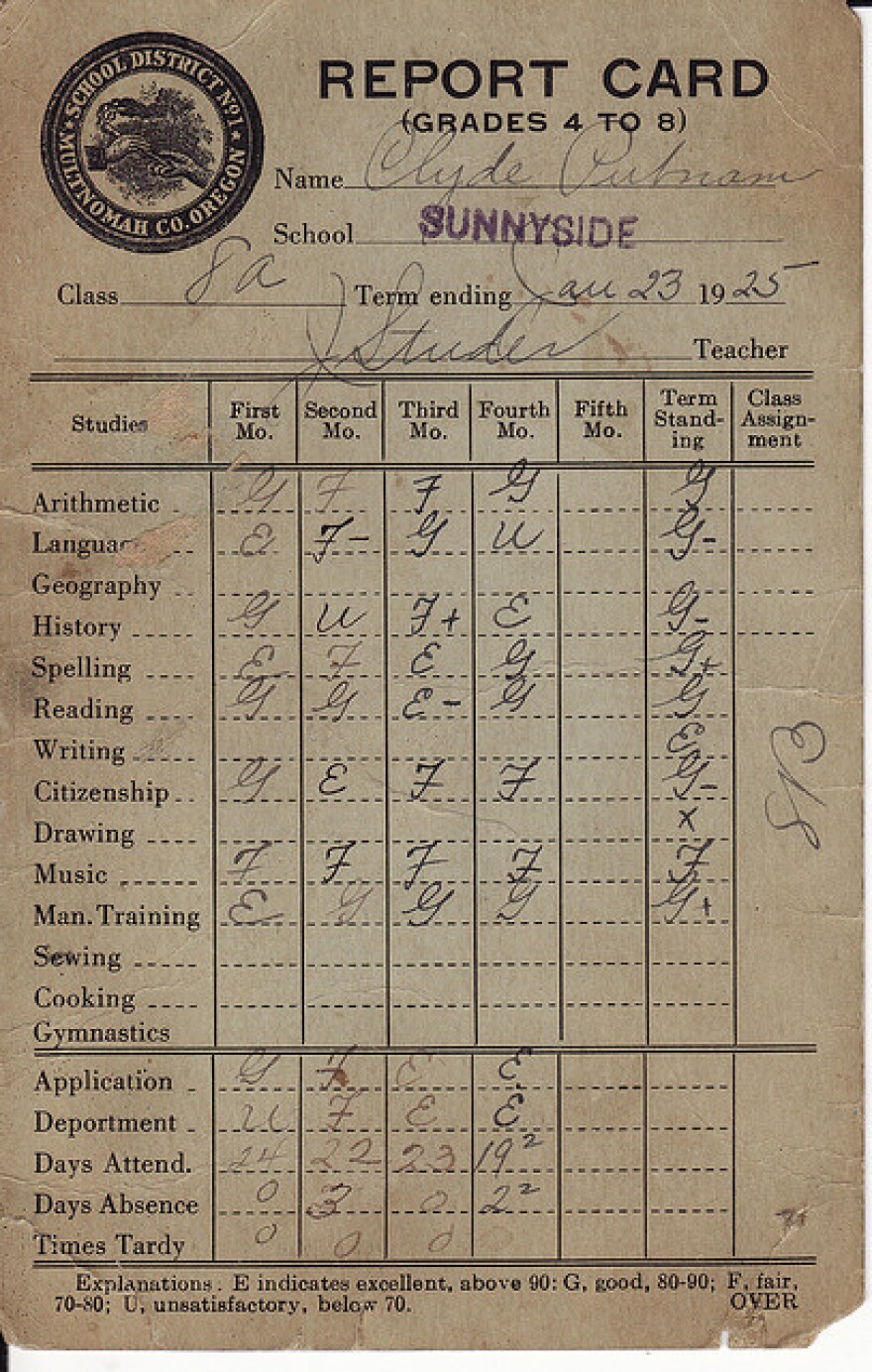SUNY now grades itself – not like its students, with A’s and F’s – but with a detailed public analysis of its strengths and weaknesses.
The second-ever “SUNY Report Card” was released Monday. Chancellor Nancy Zimpher says the document is a frank portrayal of the system, despite the fact it’s self-authored.
“The whole notion of continuous improvement is that you look at the data, and you set a target for where you want to go, then you infuse solutions to get there: better recruitment practices, making sure students stay on track to graduate on time,” Zimpher says.
The report shows SUNY’s overall rates of graduation and retention are similar to national averages. And spending on research exceeds the norm. But statistically, SUNY falls well short in graduating students in so-called STEM fields, which are science, technology, engineering and math.
Before the report card concept was launched, SUNY’s 64-campus system lacked a comprehensive review, Zimpher says. The glossy document is packaged in a user-friendly way, so the public can better understand how their tax dollars are being used to improve SUNY’s national standing.
“Give us five years. But we know people are impatient. So we’re going to give you the crawling ascent of our percentages every year. And then ask you five years later, step back and look at what we’ve accomplished,” Zimpher says.
Zimpher says her staff – and the legislature – will use areas of concern brought up by the report card to craft policies that will improve areas where SUNY is lagging behind its peers, like enrollment in science, technology, engineering and math enrollment.
Growing the STEM
Only 12 percent of SUNY degrees last year were awarded to students in STEM fields. That’s well below the national average.
Now, SUNY is recruiting 14,000 students from overseas to fill its partially-filled STEM classrooms. The effort is seen as a stopgap measure while SUNY tries to encourage young New Yorkers to become interested in science and math.
“We are working across the state to get more students interested in STEM at the elementary and secondary level. We are creating a statewide map to boost statewide interest in and excellence in these STEM fields,” says Zimpher.
While SUNY waits for that effort to pay off, they’ll recruit more readymade STEM enrollees: international students from places like India, China and Russia.
“It’s a no brainer that we should be recruiting those students in these programs. Because the programs will then have students, faculty will be employed, and the programs continue to prosper and grow,” says Mitch Leventhal, SUNY Vice Chancellor for Global Affairs.
SUNY officials sing the same refrain of using the institution as an economic driver for the state, mostly with its STEM graduates. But SUNY has only so much control over what happens to its international students once they flip their tassels. With poor job prospects stateside and student visas expiring not long after graduation, many now opt to leave.
“We are not the US Department of State,” Leventhal says.
By that, Leventhal means SUNY can educate bright students from overseas but often can’t ensure their talent can legally remain here, thereby minimizing any impact they have on the state economy.
Fixing the issue will require a jolt to the status quo, says Zimpher.
“Incentivize [international students] staying here. Help them buy their houses. Invest in their research. Hook them up with other entrepreneurs. There are things we can do without a great deal of cost that pay attention to our need to keep international students here. Because conditions have changed and they can go home,” Zimpher says.
International students two and a half times more tuition than in-state students, which SUNY admits, helps subsidize falling American enrollment in math and science programs.



